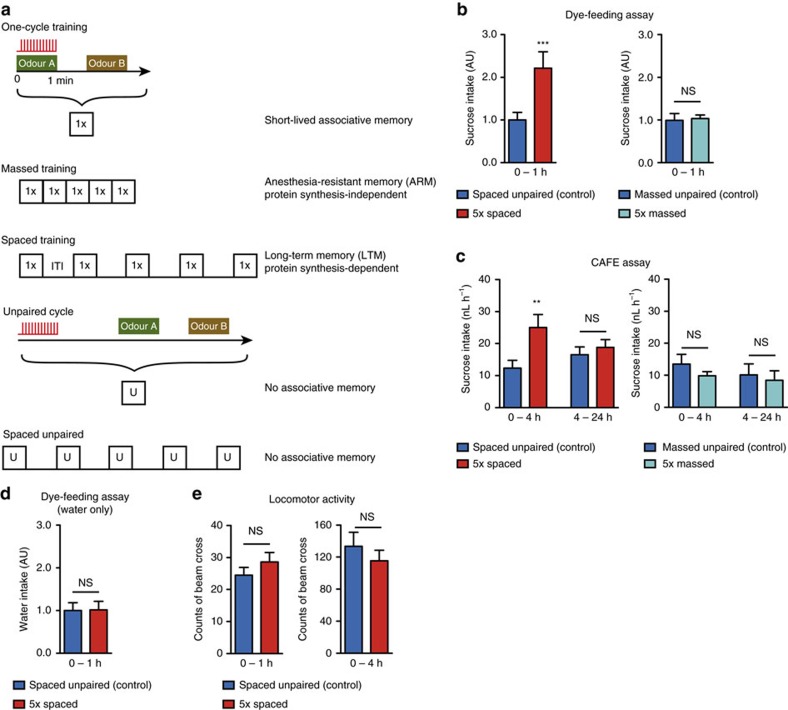Figure 1. Spaced training causes increased sucrose intake.
(a) Diagram illustrating the different olfactory aversive conditioning protocols used in this study (ITI: inter-trial intervals, 15-min duration). For the so-called massed unpaired control (b,c), a reduced ITI of 2 min was applied to avoid association between shocks and the odour B of the previous cycle. (b) Flies were transferred onto a dyed 5% sucrose solution for 1 h immediately after the indicated conditioning procedure. Following a spaced associative training, flies ingested twice as much sucrose as the non-associative spaced unpaired control (n=17 groups of five flies; t32=4.18; P=0.0002). This was not the case following a massed training (n=12; t22=0.19; P=0.85). (c) Sucrose intake by single flies was measured 4 and 24 h after the indicated conditioning procedure in a CAFE assay. During the first 4 h (but not after) flies ingested twice as much sucrose after their spaced training as after the unpaired control protocol (0–4 h: n=111–112; t221=2.69; P=0.007. 4–24 h: n=110–112; t220=0.65; P=0.51). No difference was observed at any time point following massed protocols (0–4 h: n=32; t62=1.11; P=0.27, 4–24 h: n=31–32; t61=0.37; P=0.71). (d) In a dye-feeding assay without sucrose, there were no difference between flies of the spaced and unpaired conditions (n=16 groups of 5 flies; t30=0.058; P=0.95). (e) The locomotor activity of flies was measured as the number of beam crosses in a Trikinetics device during 4 h following conditioning. Results are displayed for the first hour after conditioning, as a control for the dye-feeding assay or for the whole period, as a control for the CAFE assay. In both cases, there was no difference between flies that had a spaced training or an unpaired control protocol (n=130–131; 0–1 h: t253=1.08; P=0.28; 0–4 h: t253=0.87; P=0.39).

